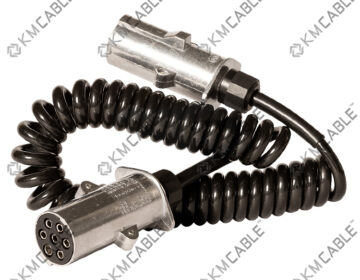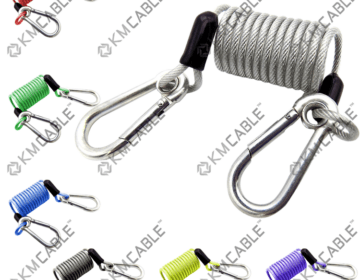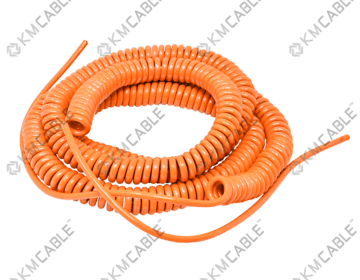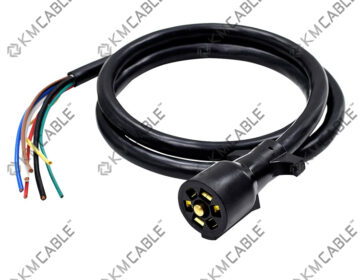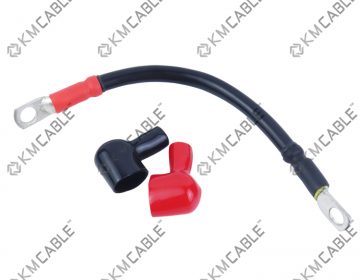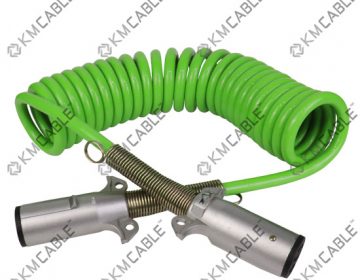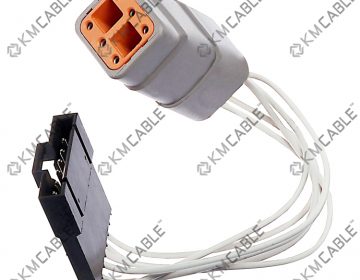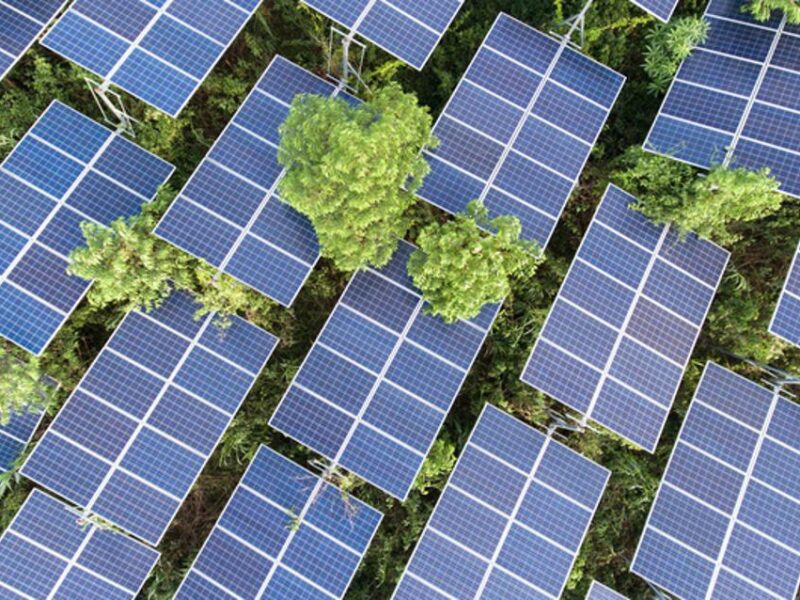
What Are Photovoltaic Cables?
Photovoltaic (PV) cables are specialized electrical cables used in solar energy systems. Designed to connect solar panels to other electrical components, these cables play a crucial role in harnessing solar energy and converting it into usable electricity.
Unique Features Compared to Regular Cables
Unlike standard electrical wiring, PV cables are engineered for outdoor use and long-term exposure to harsh environmental conditions. They are UV-resistant, weatherproof, and capable of withstanding temperature extremes. These unique features make PV cables more durable and efficient in solar applications.
The Backbone of Solar Installations
Connecting Solar Panels to Inverters
PV cables form the link between solar panels and inverters. They carry the direct current (DC) electricity generated by the panels to inverters, which then convert it into alternating current (AC) suitable for household or grid use.
Role in Power Transmission
Beyond connectivity, PV cables ensure minimal energy loss during transmission. Their efficient conduction supports stable and reliable power flow from generation to consumption.
Environmental Benefits of Photovoltaic Cables
Lower Energy Loss
PV cables are designed with low electrical resistance, which translates to less energy lost as heat. This increased efficiency means more of the sun’s energy is effectively utilized.
Durability Reduces Replacement Waste
The long lifespan of photovoltaic cables—often exceeding 25 years—means fewer replacements and less electronic waste, supporting a circular economy.
Contribution to Sustainable Infrastructure
Enabling Efficient Solar Farms
PV cables are vital for large-scale solar farms, facilitating the transmission of solar energy across expansive areas. Their efficiency and reliability enable the scalability of renewable energy projects.
Supporting Green Building Standards
Green construction practices increasingly integrate solar energy systems. PV cables contribute to meeting certifications like LEED by promoting energy efficiency and reducing environmental impact.
Reducing Carbon Footprints in Solar Energy Systems
Minimizing Emissions via Efficient Power Flow
Efficient PV cables reduce energy losses, which directly lowers the overall carbon footprint of solar power systems. Less energy wasted means less need for supplementary power from fossil fuels.
Lifecycle Analysis of PV Cables
From production to disposal, PV cables have a relatively low environmental impact. Modern manufacturing emphasizes recyclable materials and energy-efficient processes, aligning with sustainability goals.
Materials and Design for Sustainability
Halogen-Free Compounds
Many PV cables are made with halogen-free materials, which do not release toxic gases when burned. This enhances safety and environmental compatibility.
UV and Weather Resistance
PV cables are built to resist degradation from UV radiation, moisture, and temperature fluctuations. These properties ensure longevity and reduce the frequency of cable replacement.
Technological Innovations in PV Cables
Heat Resistance and Fire Safety
Advanced PV cables can endure high temperatures and include fire-retardant properties. These innovations enhance safety and system reliability, especially in high-temperature regions.
Improved Flexibility for Complex Systems
Modern PV cable designs offer greater flexibility, making them easier to install in tight spaces and complex configurations without compromising performance.
Installation Best Practices for Maximizing Efficiency
Correct Sizing and Routing
Proper cable sizing minimizes resistance and energy loss. Correct routing, including avoiding sharp bends and high-stress points, helps maintain cable integrity and efficiency.
Mitigating Power Loss
Best practices such as minimizing cable length and using appropriate connectors can significantly reduce power loss and improve the overall efficiency of a solar system.
Case Studies in Solar Success
Utility-Scale Projects
In large solar farms, PV cables have proven essential for consistent power delivery across vast distances. Projects like the Topaz Solar Farm in California utilize thousands of miles of PV cabling to achieve high efficiency.
Residential and Commercial Applications
PV cables are also key in smaller installations. Homeowners and businesses rely on these cables for reliable, safe, and efficient solar energy systems tailored to their unique needs.
Compliance and Certification Standards
TUV, UL, and IEC Certifications
PV cables must meet rigorous standards such as TUV (Germany), UL (USA), and IEC (International). These certifications ensure performance, safety, and reliability under various conditions.
Global Regulatory Landscape
Different regions have specific regulatory requirements for solar cabling. Understanding and adhering to these standards is crucial for installers and manufacturers to ensure compliance and safety.
Integration with Smart Grid Systems
Real-Time Energy Management
PV cables support integration with smart grid technologies, enabling real-time monitoring and energy distribution. This enhances system responsiveness and efficiency.
IoT and Cable Monitoring
With embedded IoT technologies, PV cables can now transmit diagnostic data. This facilitates predictive maintenance and early detection of faults, further improving system reliability.
Photovoltaic Cables vs Traditional Energy Wiring
Efficiency & Lifespan Comparisons
Compared to traditional cables, PV cables offer superior efficiency and durability. They are specifically designed for the demands of renewable energy systems, ensuring optimal performance over time.
Safety & Performance Metrics
PV cables meet higher safety standards, including flame retardancy, moisture resistance, and mechanical strength. These features make them a safer choice for energy systems exposed to the elements.
Maintenance and Longevity of PV Cables
Routine Checks
Regular inspections can detect issues like insulation damage or connector wear. Preventive maintenance extends the life of PV systems and ensures uninterrupted performance.
Signs of Wear and Tear
Common indicators include discoloration, cracking, and corrosion. Early detection allows for timely replacements and avoids costly downtime.
Economic Benefits for Solar Installers
Cost vs Value Over Time
While PV cables may have a higher upfront cost than standard wires, their long-term durability and performance translate into better value and lower total ownership costs.
Reducing System Downtime
Reliable cabling minimizes the risk of system failure, reducing downtime and maintenance costs. This enhances customer satisfaction and installer reputation.
Future Outlook: Photovoltaic Cabling in Renewable Growth
Trends in Solar Energy Expansion
As solar energy adoption increases, demand for high-performance PV cables will grow. Innovations will focus on improving sustainability, efficiency, and adaptability.
Green Manufacturing Techniques
Manufacturers are adopting greener methods, including the use of recycled materials and reduced-emission processes. These practices contribute to a more sustainable energy future.
FAQs About Photovoltaic Cables
Q: Can regular electrical cables be used in solar installations?
A: No. Regular cables lack the necessary resistance to UV, heat, and weather conditions required for solar environments.
Q: How long do PV cables last?
A: With proper installation and maintenance, PV cables can last over 25 years.
Q: Are PV cables recyclable?
A: Yes. Many PV cables are made with recyclable materials and can be processed at end-of-life.
Q: What affects the efficiency of PV cables?
A: Cable length, cross-sectional area, installation technique, and quality of connectors all impact efficiency.
Q: Are there fire risks with PV cables?
A: High-quality PV cables are designed to be fire-retardant and meet strict safety standards.
Cables that Connect a Greener Future
Photovoltaic cables may not be the most visible component of a solar energy system, but their impact is profound. From enabling the effective transmission of clean energy to supporting the longevity and sustainability of solar installations, PV cables are at the heart of the green energy revolution. As technology advances and the world shifts further toward renewable energy, the importance of efficient, durable, and environmentally responsible cabling will only grow. Investing in high-quality PV cables is not just a technical decision—it’s a commitment to a greener, more sustainable future.

